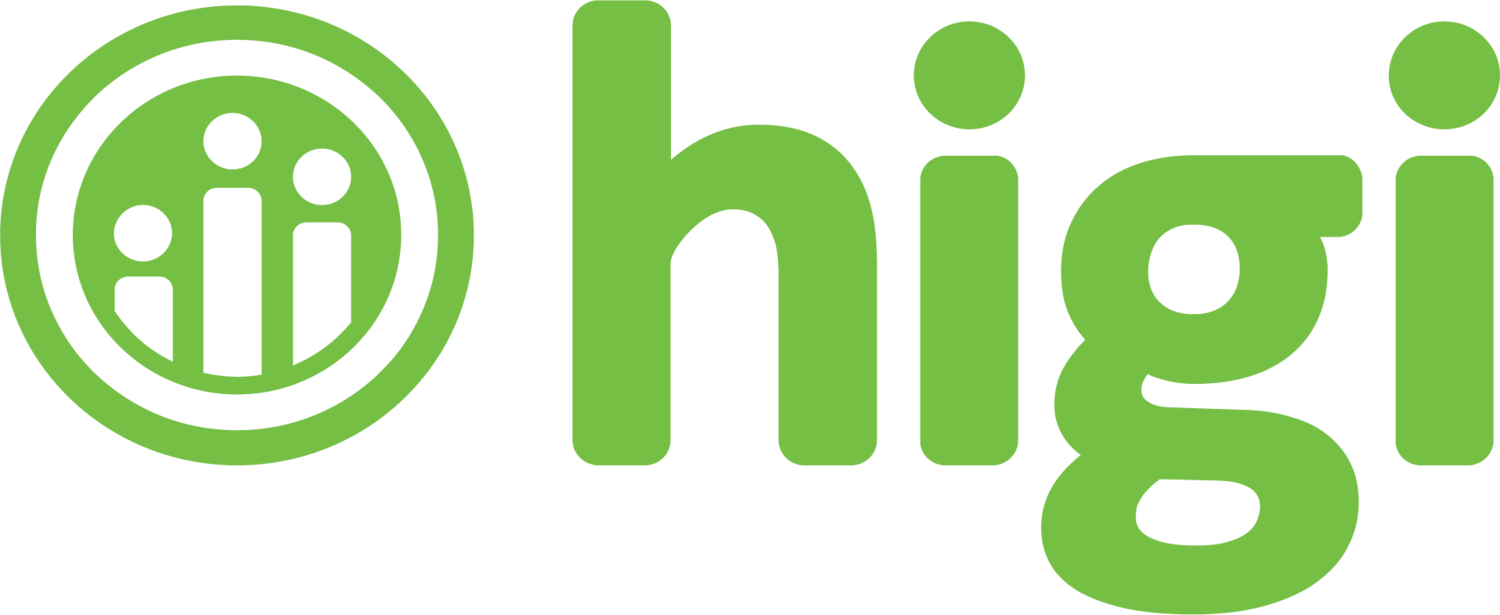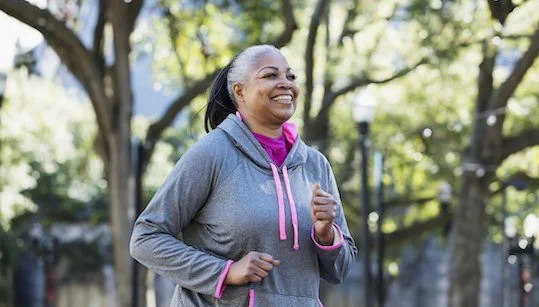Know Your Cholesterol: The Good, Bad and How to Stay Healthy
September is Cholesterol Education Month — the perfect time to check in with how well you understand cholesterol. Knowing what it is, how it’s connected to heart disease and how to manage it can help you avoid health problems. [1]
What is it and where does it come from?
Cholesterol is a fat-like substance that comes from two sources:
Your body: your liver naturally makes it
Animal products in your diet: meat, poultry and dairy [1]
How do I monitor my cholesterol?
Get a lipid panel (a type of blood test) done every 4-6 years. Depending on your risk factors, your doctor may ask you to get your numbers checked more often. Your blood test will show you your:
HDL: “good” cholesterol, which carries bad cholesterol away from the arteries
LDL: “bad” cholesterol, which can contribute to heart disease when it builds up in the arteries
Triglycerides: another type of fat in your body, which stores extra energy from your diet
Total cholesterol: the sum of each type of cholesterol in your body [2][3]
What do the numbers mean?
Your cholesterol levels are considered healthy when you have a healthy amount of HDL, lower LDL, and lower triglycerides. Higher triglycerides tend to be connected to higher LDL (bad) cholesterol and lower HDL (good) cholesterol levels.
Rather than a “normal range” for your cholesterol numbers, consider them in the context of other risk factors like your age, family history, smoking status, diabetes and high blood pressure.[4]
What happens when cholesterol is high?
The most important thing to know about high cholesterol, or hyperlipidemia, is that it increases your risk of heart disease because it can lead to blockages in your arteries. Hyperlipidemia comes in two forms:
Too much LDL (bad) cholesterol: which can build up in your arteries and increase the risk of blockages
Too little HDL (good) cholesterol: which removes cholesterol from your arteries, so too little of it can also increase your risk of blockages[2]
How do I prevent and manage high cholesterol?
The good news is that the same habits that you can do to manage your heart health can also help manage high cholesterol. Here are the top habits to focus on to prevent and treat high cholesterol:
Eating healthy: Reduce saturated and trans fats (limit red meat, fried foods and full-fat dairy).
Exercising: Aim for 150+ minutes of moderate-intensity aerobic exercise.
Quitting tobacco use: Smoking and vaping lowers HDL (good) cholesterol.
Maintaining a healthy weight: Losing 5% of your body weight if you’re overweight or obese can help improve your cholesterol numbers.
Taking medications prescribed by your doctor: Talk to your doctor about your cholesterol risk factors and numbers to determine the best treatment plan for you. [5]
In Higi’s Health Guide, you can get support to build heart-healthy habits that can help you prevent or treat unhealthy cholesterol levels while also improving your overall heart health.
1. What is Cholesterol? — American Heart Association.
2. How to Get Your Cholesterol Tested — American Heart Association.
3. HDL (Good), LDL (Bad) Cholesterol and Trigylcerides — American Heart Association.
4. What your Cholesterol Levels Mean — American Heart Association.
5. Prevention and Treatment of High Cholesterol (Hyperlipidemia) — American Heart Association.

